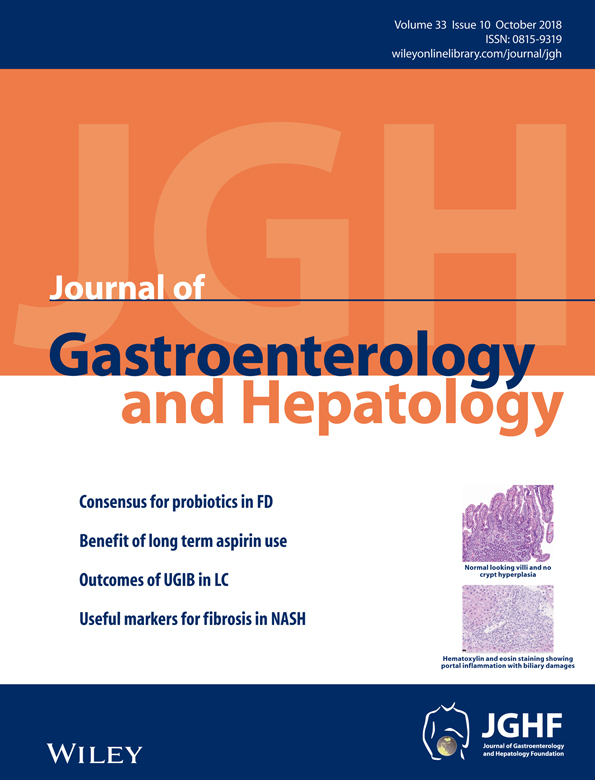Comparison of clinical outcome of hepatic arterial infusion chemotherapy and sorafenib for advanced hepatocellular carcinoma according to macrovascular invasion and transcatheter arterial chemoembolization refractory status
Abstract
Background and Aim
Sorafenib is the standard treatment for patients with advanced hepatocellular carcinoma (HCC) with distant metastasis, unresectable HCC, and HCC refractory to transcatheter arterial chemoembolization (TACE) or with macroscopic vascular invasion (MVI). Also, hepatic arterial infusion chemotherapy (HAIC) has been used for advanced HCC in Southeast and East Asian countries. However, clearer information is needed for choosing appropriately between these therapies.
Methods
The subjects were 391 HAIC and 431 sorafenibs administered at our hospital and related hospitals. In this case, cases that satisfy the following three conditions were targeted: (i) no extrahepatic metastasis, (ii) Child-Pugh A, and (ii) not having received treatment of both HAIC and sorafenib during the course. As a result, 150 cases of HAIC and 134 cases of sorafenib were analyzed this time.
Results
Univariate and multivariate analyses were performed for the HAIC and sorafenib groups. TACE refractory status and MVI were factors contributing to overall survival (OS). Therefore, this study divided all cases according to those variables. The median survival time of MVI-positive and non-TACE refractory cases was significantly better with HAIC (13 months) versus sorafenib (6 months). However, in MVI-negative and TACE refractory cases, the median survival time of HAIC (8 months) was significantly poorer than for sorafenib (20 months).
Conclusion
Transcatheter arterial chemoembolization refractory status with HAIC and MVI with sorafenib were factors for poor prognosis. In particular, HAIC was significantly better than sorafenib as primary treatment in MVI and non-TACE refractory cases. It is necessary to consider these factors in treatment selection.




